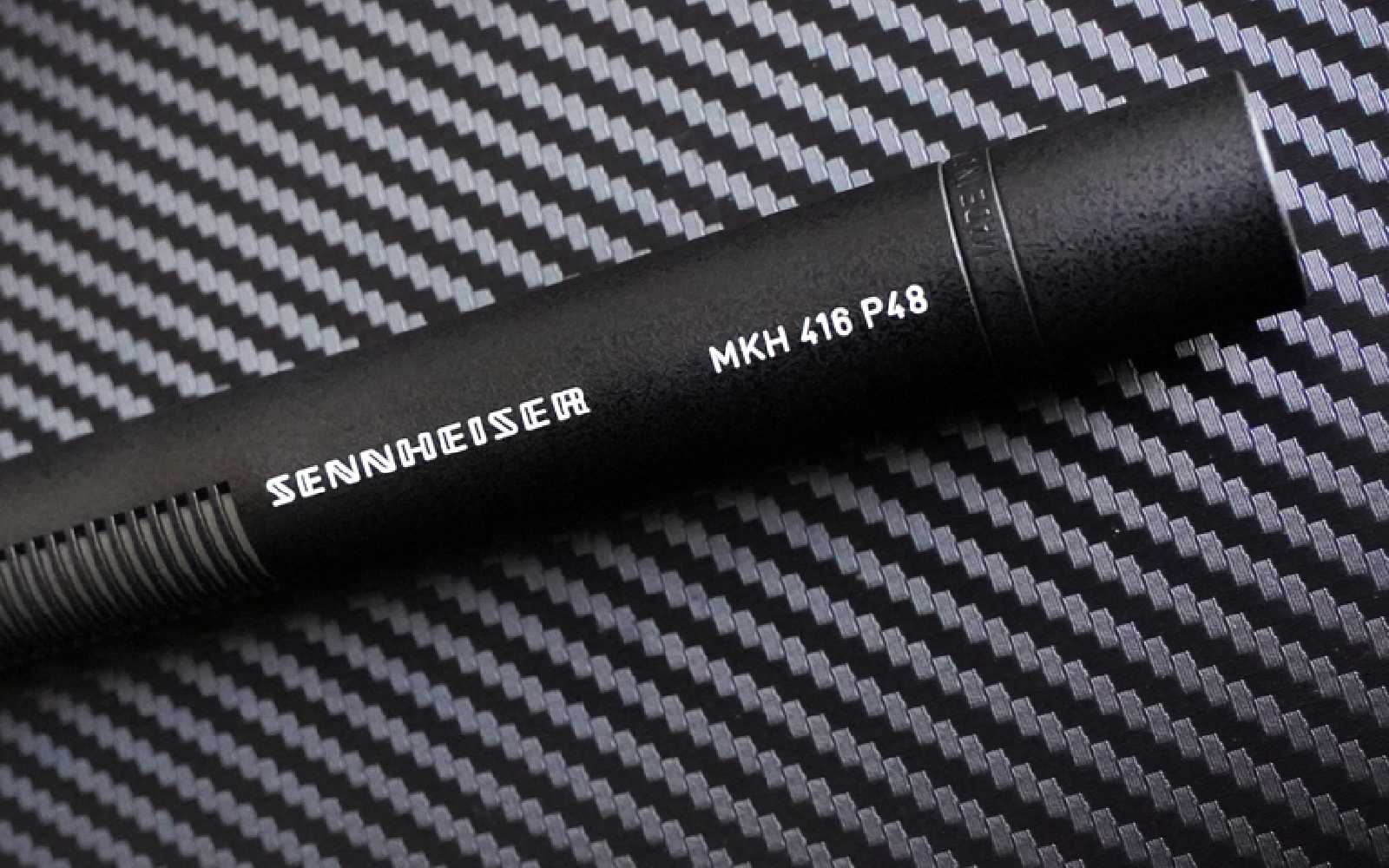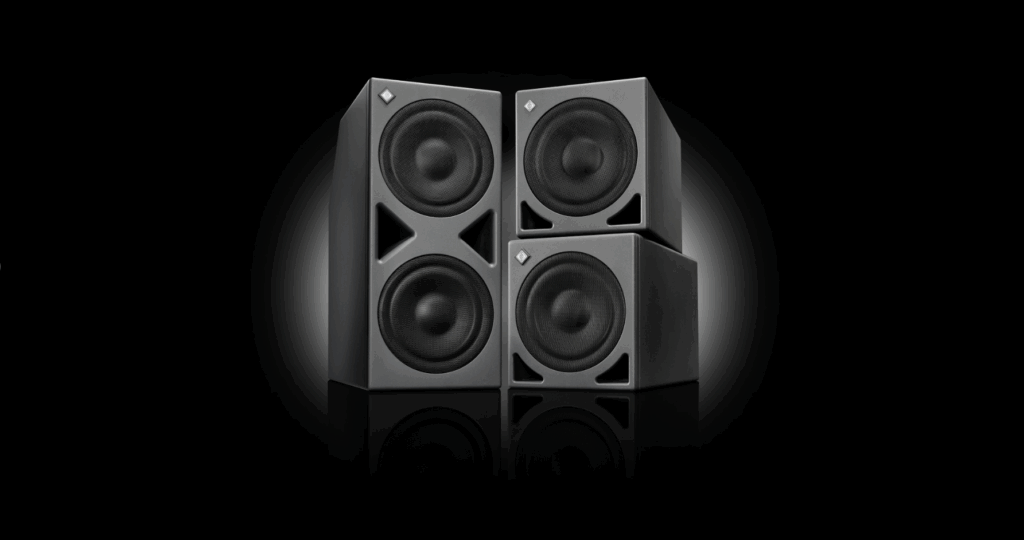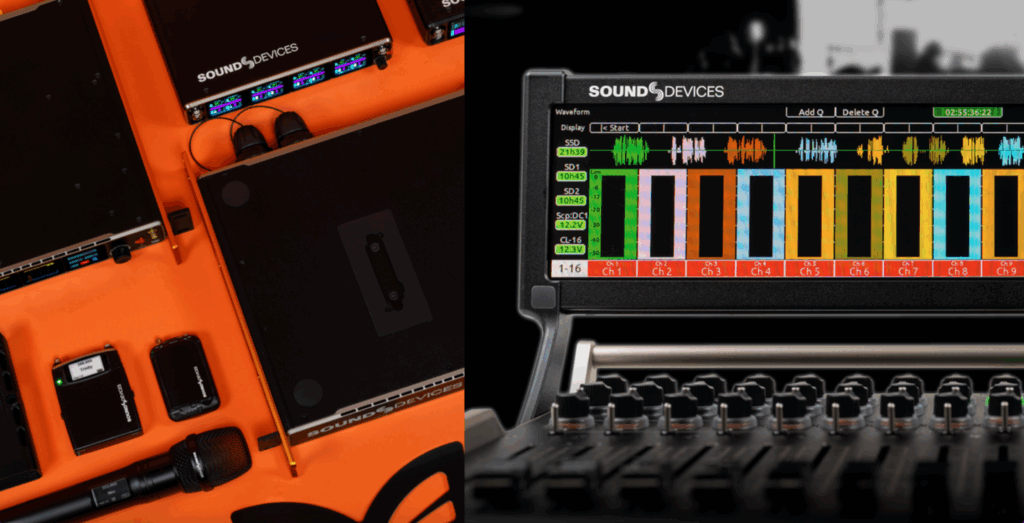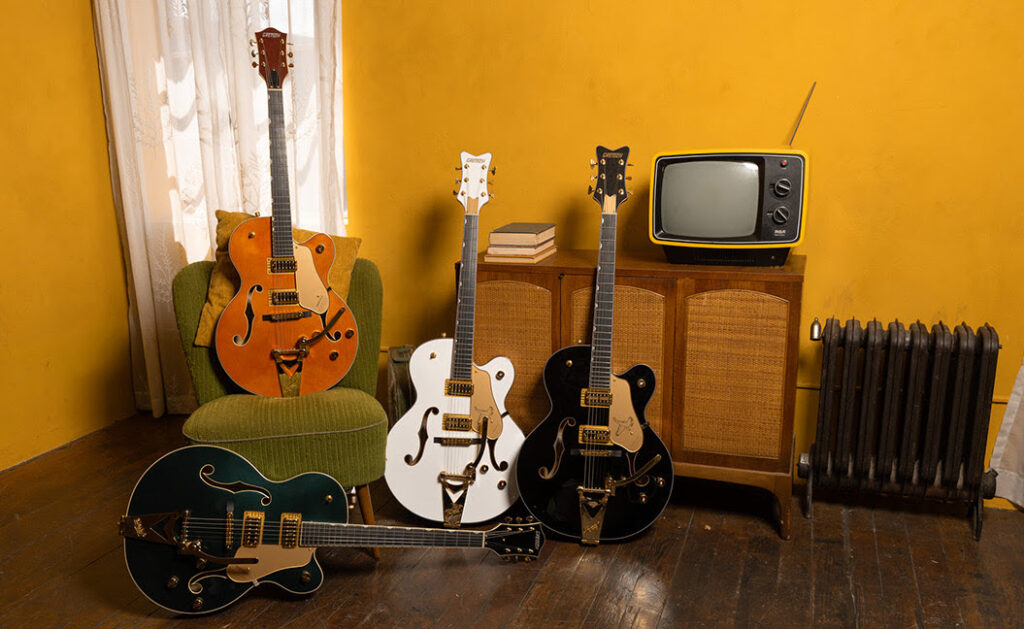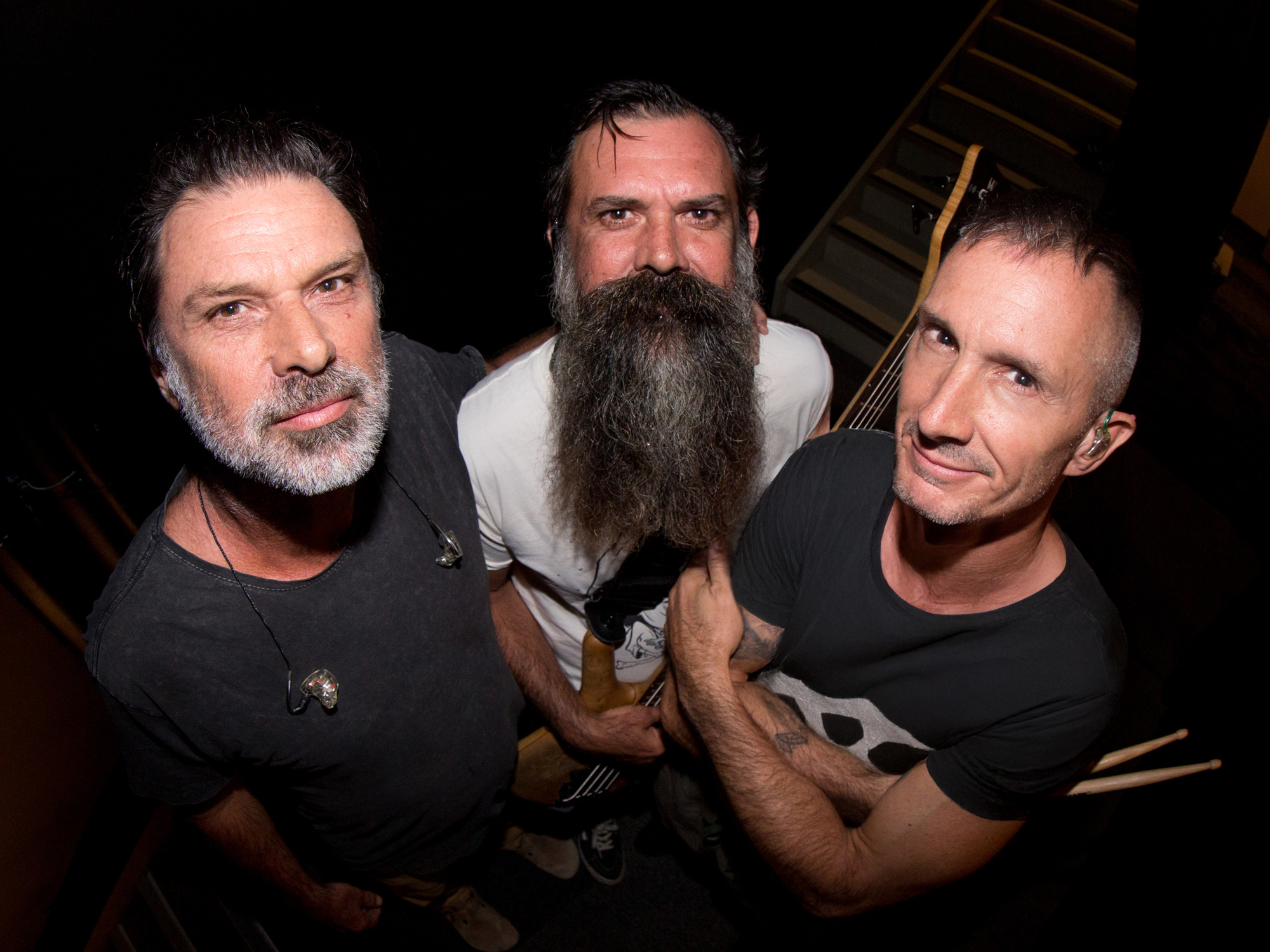Building the future of audio and bringing remarkable sound experiences to their customers – this is what the Sennheiser brand has represented for more than 75 years.
One of Sennheiser’s most revered microphones, the MKH 416 P48 shotgun microphone, celebrates its golden jubilee this year! For 50 years, the MKH 416 has accompanied broadcasters, filmmakers, voice-over artists, and content creators; it has been used in studios and in the field. Mounted onto a boom pole, a stand or a camera, its job has been to stay outside the camera angle while gracefully capturing sound with clarity and impact.
“How much directivity would you like?” he asked the amazed observers. And without batting an eyelid he proceeded to saw off a section of the microphone tube.
Sennheiser
The name of Manfred Hibbing is firmly linked with this milestone product. When the young engineer joined Sennheiser, his first task was to design the MKH 416 P48 on the basis of the MKH 415 T. The MKH 416 was to be Sennheiser’s first phantom-powered (P48) shotgun microphone, while all previous models were AB-powered. In those days, AB powering was preferred in broadcast situations because of its resistance to ripple voltages, but phantom powering had become established in the studio.
Read all the latest product & music industry news here.
Condenser microphone
In 1970, the newly designed MKH 415 shotgun microphone was the pride and joy of the Sennheiser development engineers. It was less sensitive to wind and pop noise, had greater resistance to handling noise, and excellent directivity. With the new microphone in his briefcase, an enthusiastic Dr. Griese, technical manager at Sennheiser, went off to visit radio and TV broadcasters. The customers showed a great deal of interest in the new shotgun microphone – but couldn’t resist picking at it. They complained that the shotgun effect was so strong that you had to keep moving the microphone to follow the speaker around.
Dr. Griese listened to the comments for a while and then asked for a hacksaw. “How much directivity would you like?” he asked the amazed observers. And without batting an eyelid he proceeded to saw off a section of the microphone tube. The customers were stunned. Dr. Griese then tried out the shortened microphone once again and, to everyone’s amazement, it was perfect! From then on, the MKH 415 – and thus also the MKH 416 which followed its design – were highly successful as the preferred microphone for vocalists, film teams and reporters, with the specialist media being equally impressed by the “unusually short length” (Funkschau Magazine) of the shotgun mic.
For local Sennheiser enquiries, keep reading at Sennheiser Australia.
